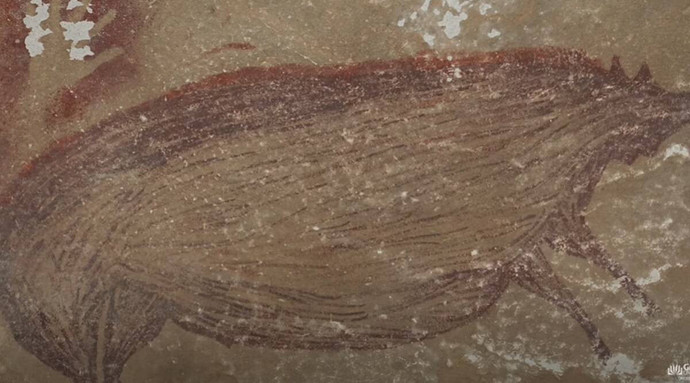We are facing the first item of the animal hunting feature. We want to include small groups of herbivores in the local map. We will simulate nutrition, reproduction and dead. Dead bodies will be a source of resources. Animals will move in family groups. First animal will be the wild board.
What kind of animals are historically and geographically accurate? What tools were used to extract resources from dead animal bodies? How they craft those tools? What kind of interactions should happen with humans? Do you have any suggestions? Your comments are very important to us!
4 Likes
Animals would be aurochs (wild cattle), megaceros (giant deer) and elk, roe deer, fox, bear and wolf, and a few others.
Tools that were used would be microliths and retouched bladelets. Made from flints.
2 Likes
So first off I want to ensure that hunting is dangerous, Boar are very tough creatures and accidents happen, not to mention actual predators like types of lions/big cats (geographically widespread in the era) and bears.
Different strategies also need to represented in hunting deer vs boar and other game. From chase hunts to trapping.
Animals, well you’ve got rabbits, wolves, deer, birds of all types, wild cattle, tough little goat/sheep
1 Like
European bison (wisent), aurochs, lynx, bear, wolf, squirrel, wildcat, pine marten, polecat, red deer, roe deer, wild boar and even wild horse. There were also lots of birds e.g. capercaillie, gannet, etc. where you not only can eat the bird itself but also the eggs. Although some might be difficult to hunt, they might have hunted all of them depending on how urgently they needed food. And hey, humans hunted mammoths before so they can handle these animals.
Regarding tools they of course used tools made of stone and wood, like knives, spears and tools to skin the hunted animals. The stone tools might be made of flintstone or other stones useful for this. When you look at temporary meso/neolithic cultures they are very well aware which stone is used for what purpose. They can list you more than 100 different stones without a problem. It is normal to them to bring any stone / or plant that they don’t know yet back to their village to find out what it could be good for.
1 Like
Reading British Archaeology mag today and it’s got a good description of the Broxbourne horse and it’s rapid butchery and eating in situ (8 people cutting and making flints, possibly 30 so on site eating)
Worth thinking about the communal act of eating and butchery, as well as any ritual aspects
3 Likes
Star Carr is worth looking at for hunting also. History of Star Carr | Star Carr
While it provides what was hunted like deer, it also delves into “rituals” using animal parts like the deer headdresses.
2 Likes
This. Very good book on that topic is Walter Burkert’s “Homo Necans” - in summary, all the “bloody” sacrifice and ritual slaughter we see in later urban civilizations possibly tie all the way back to the hunter-gatherer societies and their communal processing and consumption of game.
1 Like

